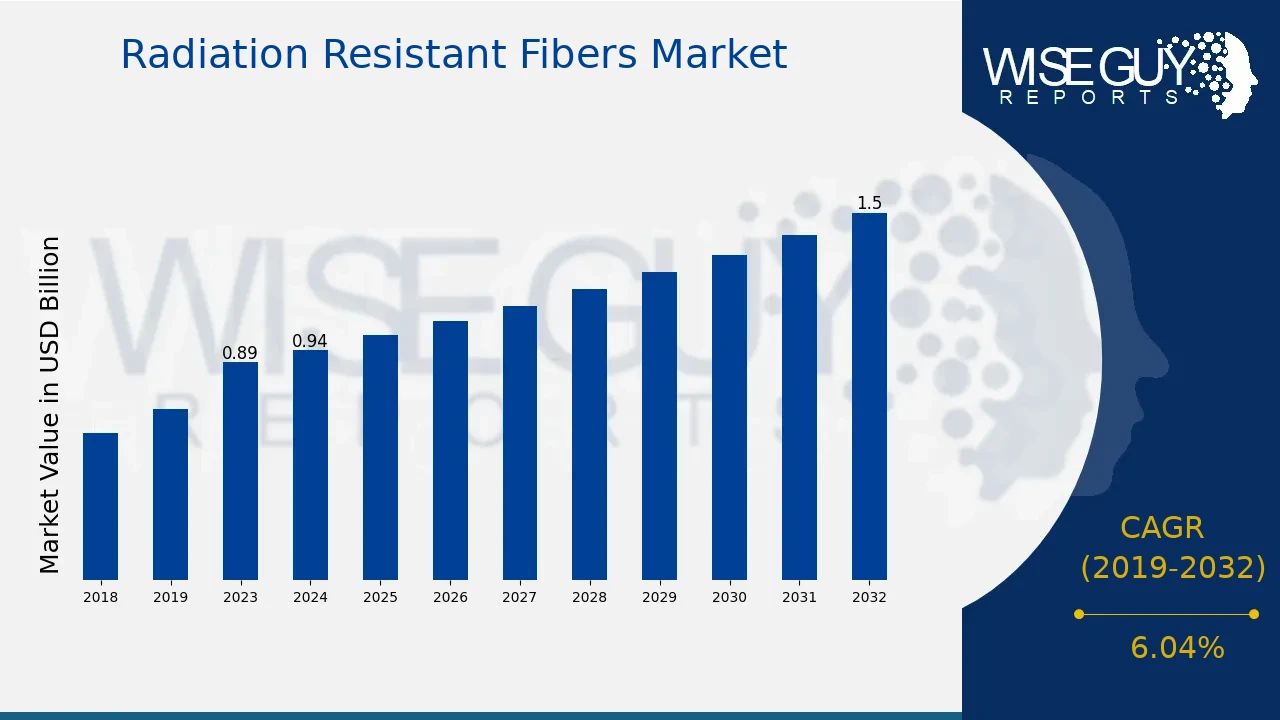Contents

Source: WiseGuy Reports
Radiation Effects on Optical Fibers: Challenges and Solutions
Introduction
Optical fibers are a cornerstone of modern communication and sensing technologies. However, in environments exposed to high levels of radiation, such as space, nuclear facilities, and certain medical applications, these fibers face significant challenges. Understanding the effects of radiation on optical fibers and exploring methods to mitigate these effects is crucial for maintaining the integrity and performance of fiber-optic systems in such environments.
Radiation Exposure in Various Environments
Space and Aviation
In space, optical fibers used in satellites and inter-satellite communications are subjected to cosmic rays and solar particles. These high-energy particles can cause degradation over time, impacting technologies like LIDAR and fiber amplifiers. Similarly, fibers in aircraft are exposed to lower levels of radiation but still face potential degradation in applications like fiber-optic links and gyroscopes.
High-Energy Physics and Nuclear Facilities
In high-energy physics experiments, such as those involving particle accelerators, fibers are used for data transfer and are exposed to intense radiation, including synchrotron radiation and bremsstrahlung. Nuclear power plants and waste storage sites also utilize optical fibers for communication and monitoring, where they face high levels of radiation from reactors and stored materials.
Medical Applications
Optical fibers are employed in medical imaging and therapies, where they are exposed to X-rays and proton radiation. These fibers must withstand radiation to ensure accurate diagnostics and effective treatment delivery.
Types of Fiber Degradation
Radiation-Induced Attenuation
The primary issue with radiation exposure is radiation-induced attenuation (RIA), which increases light propagation losses due to induced absorption and scattering. Some fibers exhibit spontaneous recovery after irradiation, but this depends on the specific radiation dose and fiber composition.
Radiation-Induced Luminescence
Radiation can cause luminescence in fibers, which may interfere with measurements in fiber-optic sensors. This luminescence can be immediate or persist as long-lived phosphorescence.
Refractive Index Changes
Radiation can alter the refractive index of fibers, affecting components like fiber Bragg gratings, which are crucial for certain sensor applications. This change can impact the Bragg wavelength, leading to measurement inaccuracies.
Improving Radiation Resistance
Material Selection and Processing
To enhance radiation resistance, fibers can be manufactured with specific materials and processes. Avoiding non-essential impurities such as chlorine, and using fluorine-doped cores or claddings, can help reduce sensitivity to radiation.
Hydrogen and Oxygen Loading
Loading fibers with hydrogen or oxygen has been shown to decrease radiation sensitivity. These gases can diffuse into the fiber, altering defect structures and reducing radiation-induced losses.
Hollow-Core Fibers
Hollow-core fibers, where light primarily travels through air rather than glass, naturally exhibit greater resistance to radiation. These fibers are a promising solution for applications requiring high radiation tolerance.
Conclusion
Optical fibers play a vital role in various high-radiation environments, from space missions to nuclear facilities. Understanding radiation effects and implementing strategies to mitigate degradation are essential for ensuring the reliability and longevity of fiber-optic systems. As technology advances, continued research and development will be necessary to enhance the radiation resistance of optical fibers, enabling their use in increasingly challenging environments.

Source: Amazon.de
Feel free to comment your thoughts.



